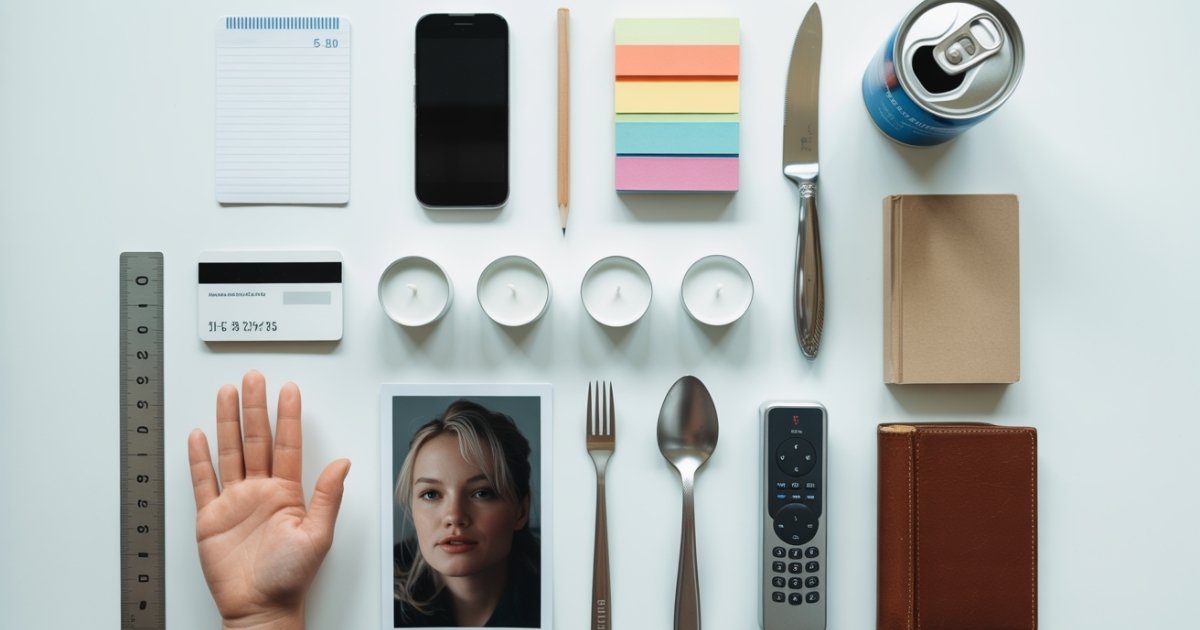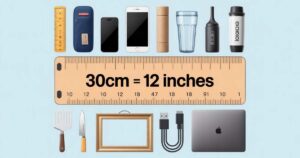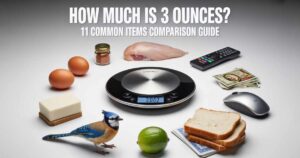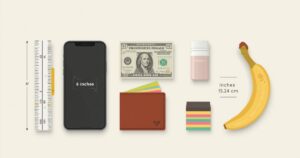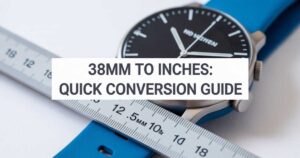Ever found yourself wondering what exactly 5 inches looks like? You’re definitely not alone. Whether you’re shopping online, working on a DIY project, or just trying to visualize dimensions, having real-world reference points makes all the difference. Let’s explore everyday items around your home that measure precisely 5 inches long.
Why does this matter so much? Understanding measurements helps you make smarter decisions daily. No ruler handy? No problem whatsoever. These common objects become your personal measuring tools. By the end of this guide, you’ll never struggle visualizing 5 inches again.
How Long is 5 Inches?
Five inches equals exactly 12.7 centimeters or 127 millimeters. But numbers alone don’t help much, honestly. Your brain needs visual context to understand. That’s where real-world comparisons become absolutely invaluable. Picture half the length of a standard ruler. Imagine something slightly shorter than your smartphone. Think about the distance from your wrist to mid-palm approximately.
These concrete references make abstract measurements suddenly click. Most people struggle visualizing dimensions without tangible objects nearby. We’re visual creatures by nature fundamentally. That’s exactly why this guide exists—to transform confusing numbers into recognizable everyday items. Once you memorize a few key references, you’ll estimate 5 inches accurately anywhere, anytime. No measuring tape required ever again.
Index Card
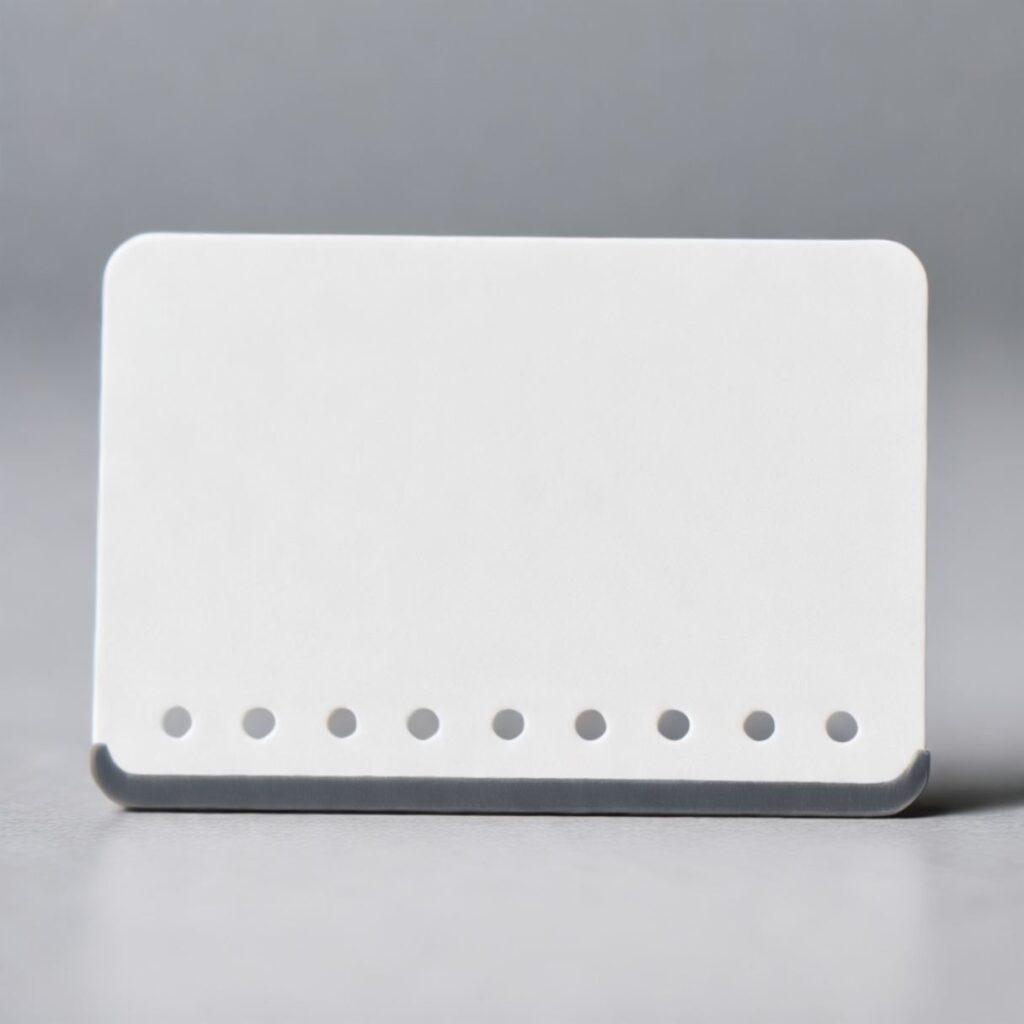
The humble index card represents one of the most perfect 5-inch references available. Standard index cards measure exactly 5 x 3 inches. Hold one horizontally, and boom—you’ve got your measurement.
These rectangular cards became standardized in the early 1900s. Library systems needed uniform sizes for cataloging. That decision still influences office supplies today. Pretty fascinating when you think about it.
You’ll find index cards everywhere: recipe boxes, study materials, organizational systems. Their portability makes them incredibly useful beyond academics. Teachers swear by them for flashcards. Writers use them for story outlines and character notes.
Pro tip: Keep an index card in your wallet. Instant measurement tool for unexpected situations. Buying picture frames? Measuring drawer space? You’re covered completely now.
| Index Card Type | Dimensions | Common Uses |
| Standard Ruled | 5 x 3 inches | Note-taking, studying |
| Blank White | 5 x 3 inches | Recipe cards, crafts |
| Colored Variety | 5 x 3 inches | Organization, color-coding |
Smartphone
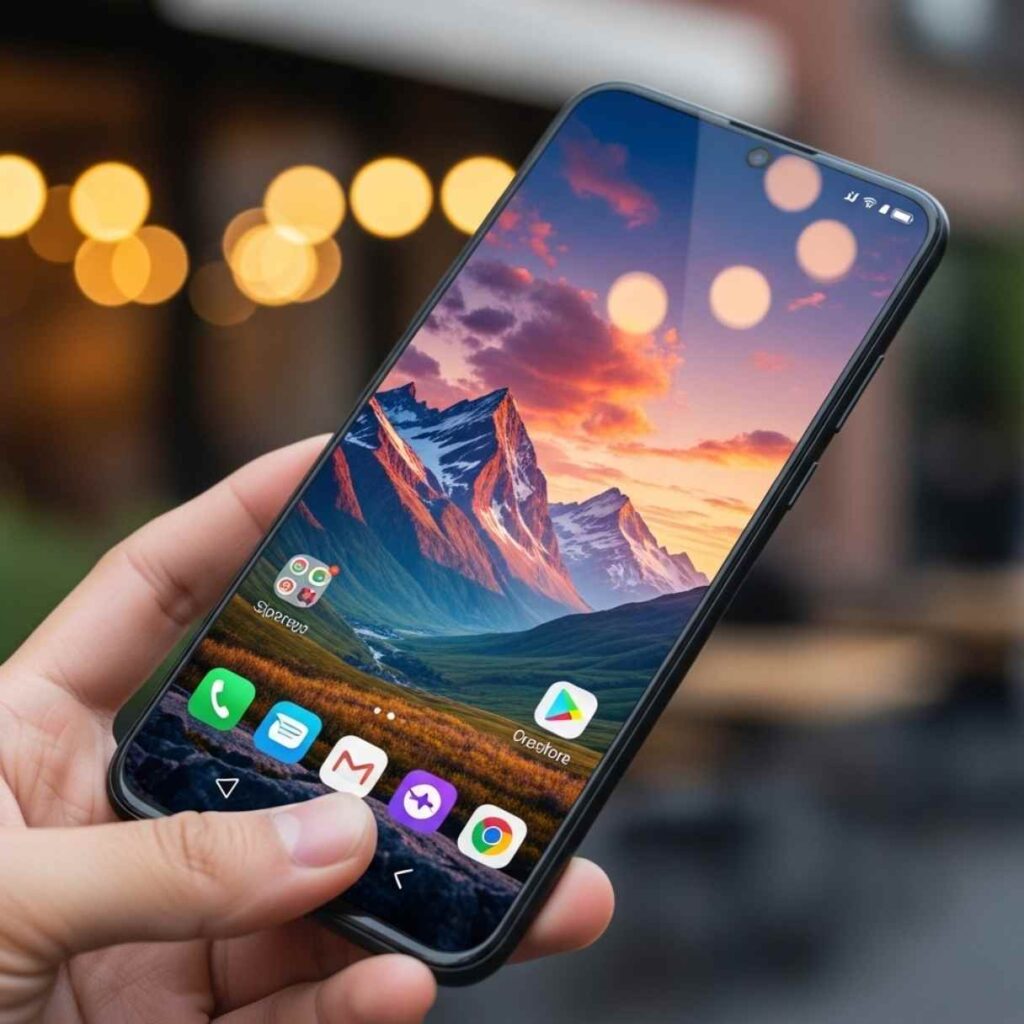
Your smartphone likely sits right beside you currently. Many phone screens measure around 5 to 6 inches diagonally. Older models hit that 5-inch mark perfectly.
Remember the iPhone SE from 2016? That screen measured exactly 4 inches diagonally. The device’s total length came closer to 5 inches though. Android phones from 2012-2015 frequently featured 5-inch displays exactly. Technology evolves rapidly, but these references remain valuable.
Modern phones grew larger over time obviously. Manufacturers discovered people wanted bigger screens for videos. But compact phones never disappeared entirely—they just became less common. Some folks still prefer pocket-friendly sizes for practical reasons.
The beauty here? Almost everyone carries this reference tool daily. Need to estimate package dimensions? Hold your phone against it. Wondering if something fits a space? Your smartphone provides instant comparison without any hassle whatsoever.
Used Pencil
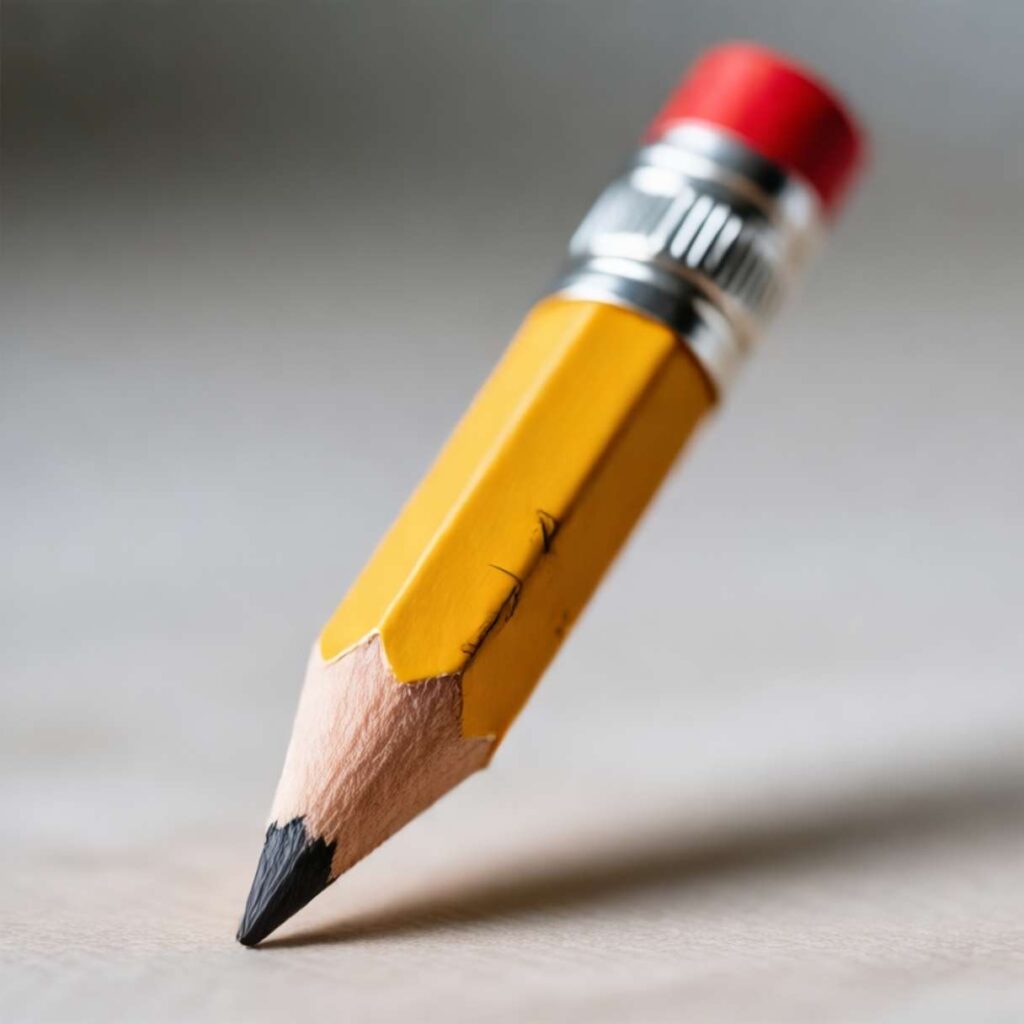
A brand-new pencil measures approximately 7.5 inches traditionally. But after sharpening it repeatedly? You’ll eventually reach that 5-inch sweet spot perfectly.
Think back to elementary school days. Remember those stubby pencils you refused to throw away? That’s exactly what we’re talking about here. Half-consumed pencils hit this measurement surprisingly often.
Writers and artists develop emotional attachments to shortened pencils. There’s something satisfying about using supplies completely. Environmental consciousness matters too—why waste a functional tool?
Interesting fact: Pencil manufacturers standardized the 7.5-inch length in the 1860s. That dimension fit machinery efficiently while providing adequate material. Economic factors drove design decisions back then.
You can create your own 5-inch reference intentionally. Sharpen an old pencil until it measures correctly. Mark it clearly. Keep it specifically for measurement purposes going forward. Simple yet incredibly effective solution.
Sticky Note Pad
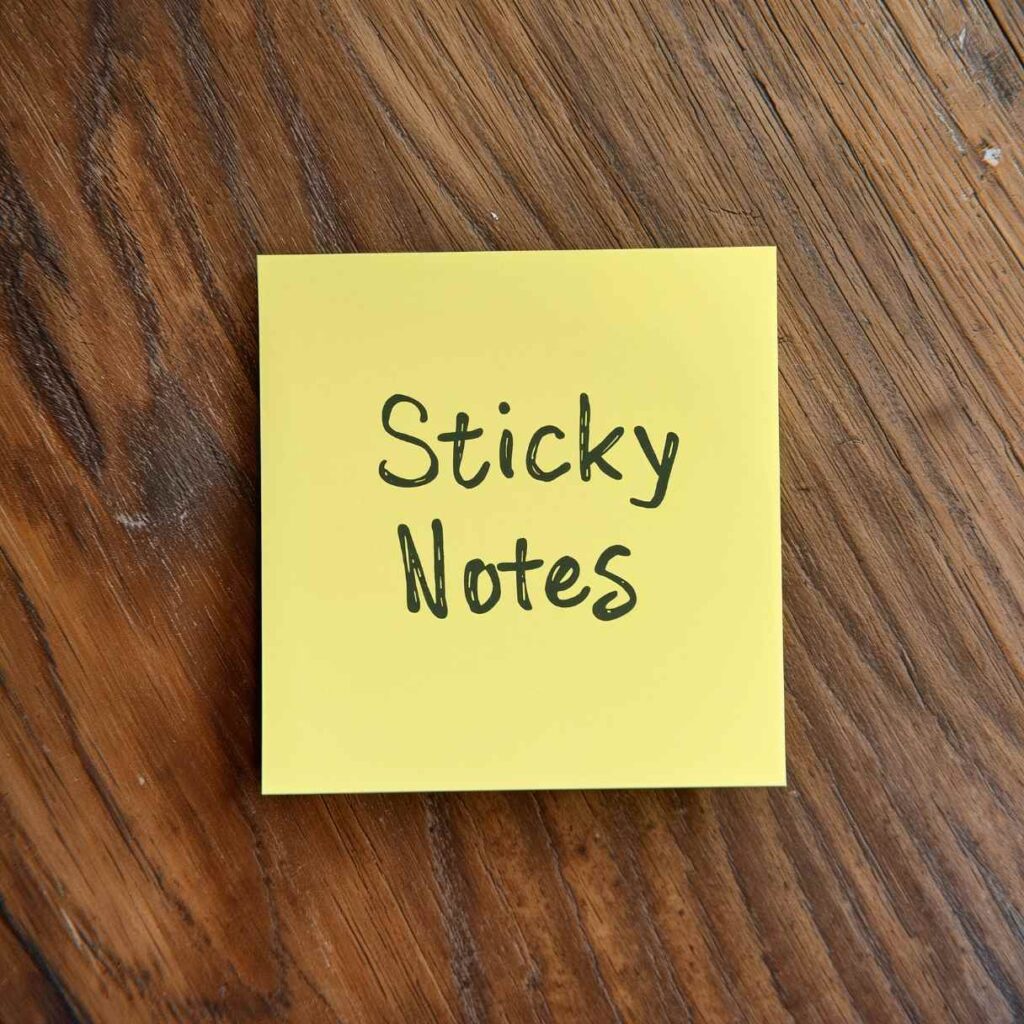
Standard sticky notes measure 3×3 inches typically. However, larger Post-it varieties reach 5×5 inches exactly. Those jumbo notes provide perfect visual references immediately.
Check your office supplies right now. You might discover 5-inch square notes already. These larger versions work wonderfully for detailed reminders. Project managers love them for workflow visualization.
Even standard-sized note pads stack up interestingly. The thickness of a substantial pad approaches 5 inches. Not the most practical measurement method admittedly. But it demonstrates how everyday items reach specific dimensions.
Color-coding transforms sticky notes into organizational powerhouses. Yellow for urgent tasks. Blue for information notes. Pink for personal reminders. Green for completed items. The system works beautifully once established properly.
Sticky Note Size Comparison:
- Small: 1.5 x 2 inches (pocket reminders)
- Standard: 3 x 3 inches (most common)
- Large: 4 x 6 inches (detailed notes)
- Extra Large: 5 x 5 inches (perfect 5-inch reference)
Butter Knife
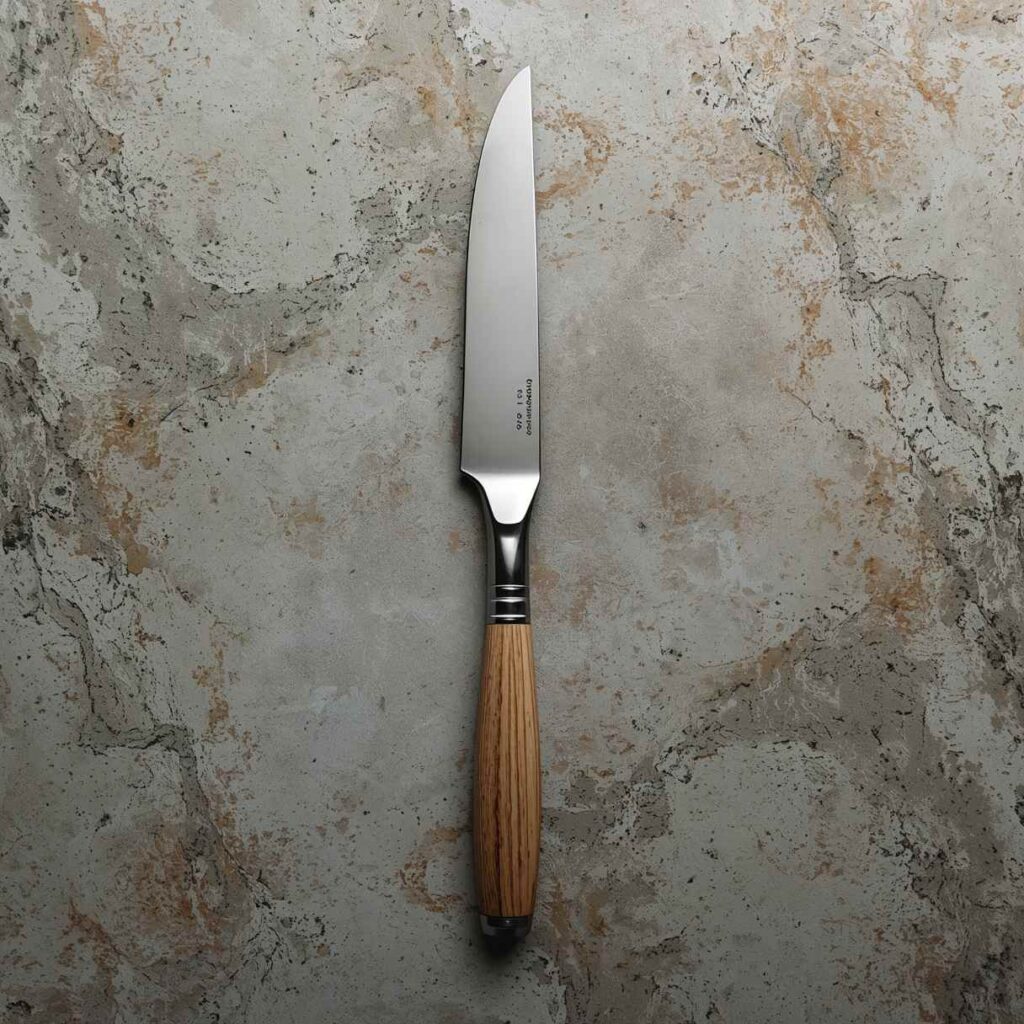
Open your silverware drawer and grab a butter knife quickly. The blade portion typically measures right around 5 inches. Perfect for spreading, perfect for measuring too.
Butter knives differ from dinner knives significantly. Dinner knives run longer—usually 8 to 9 inches total. But butter knives maintain that compact, manageable size. The rounded tip prevents tearing soft bread deliciously.
Silverware manufacturers standardized these dimensions decades ago. Formal place settings required consistency across collections. Hotels and restaurants needed matching sets. That standardization benefits us now for measurement purposes.
Materials vary widely: stainless steel, silver-plated, plastic options. Vintage butter knives sometimes differ slightly from modern versions. But the blade length remains remarkably consistent regardless.
This reference works especially well in kitchens. Measuring ingredients for baking? Check depths of containers? Your butter knife handles both tasks effortlessly. Plus, it’s always accessible when you need it most.
Soda Can
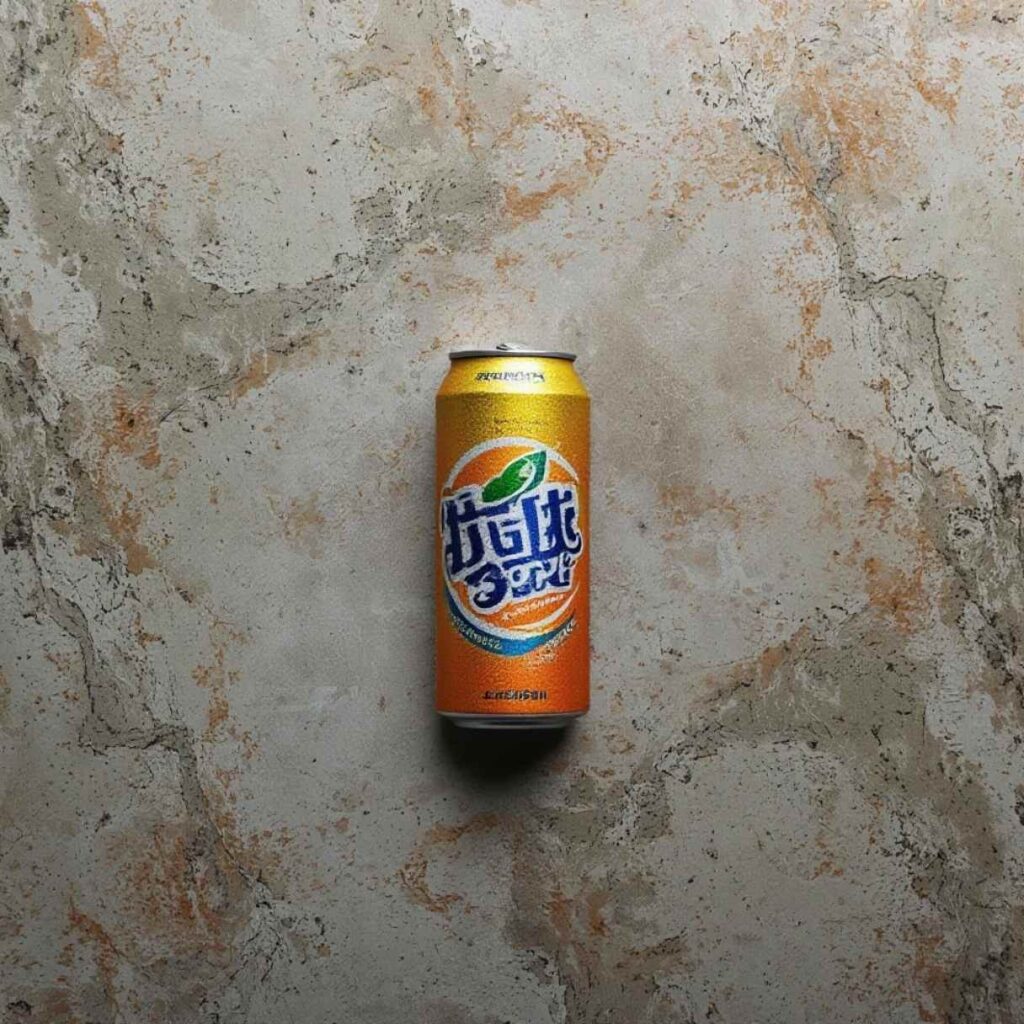
The standard 12-ounce soda can stands approximately 4.83 inches tall. That’s close enough to 5 inches for practical purposes. Round up, and you’ve got your reference.
Why this specific height exactly? Manufacturing efficiency and shipping logistics determined it. Cans stack perfectly on pallets at this dimension. Transportation costs decrease when sizing optimizes space.
Aluminum cans revolutionized the beverage industry completely. Before them, glass bottles dominated everywhere. The lightweight metal reduced shipping costs dramatically. Recyclability added environmental benefits later on.
Soda can dimensions:
- Height: 4.83 inches (essentially 5 inches)
- Diameter: 2.6 inches
- Volume: 12 fluid ounces
Everyone recognizes soda cans instantly throughout America. They’re available at gas stations, grocery stores, vending machines, homes. Universal availability makes them excellent reference points. Check your refrigerator—you probably have several right now.
Bonus measurement: The diameter provides another useful reference. Roughly 2.5 inches across. Two cans side-by-side equal 5 inches width-wise.
Small Paperback Book
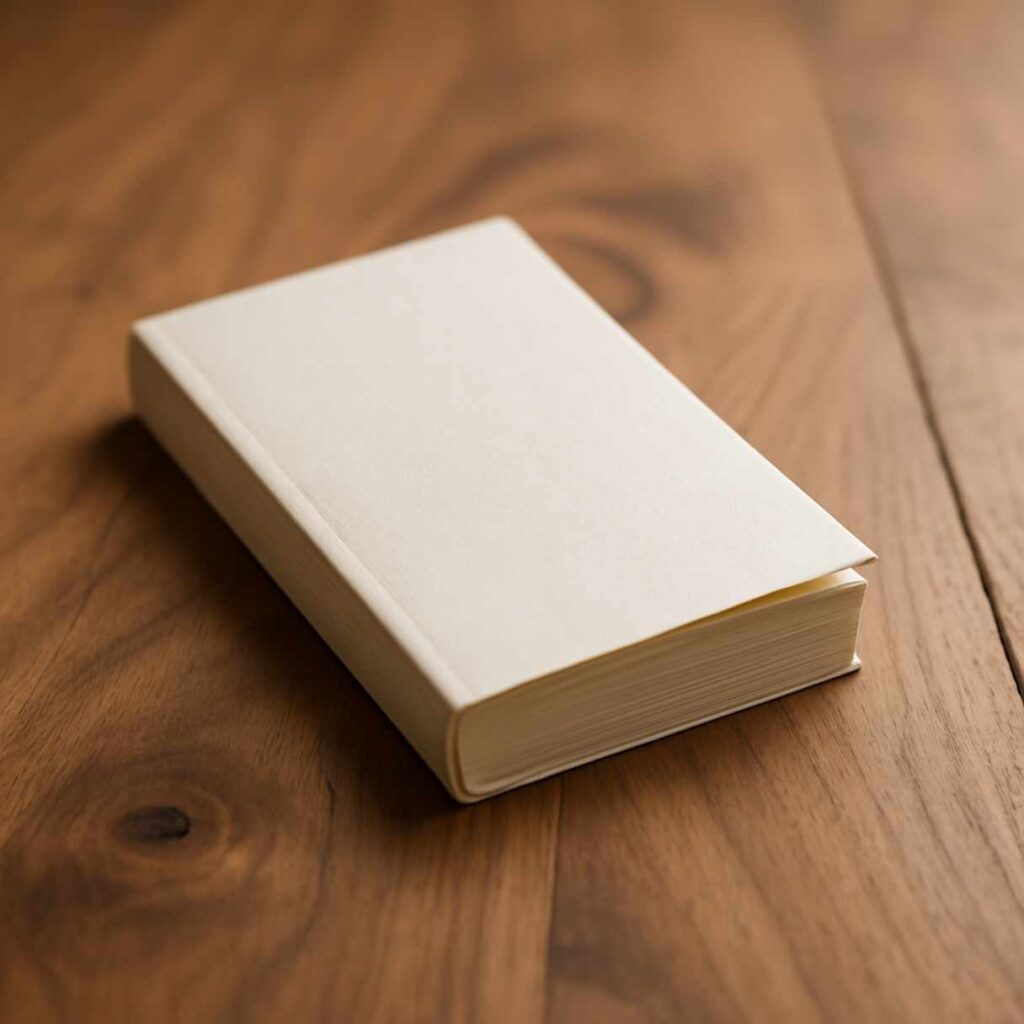
Mass-market paperback books typically measure around 4.25 x 6.87 inches. The width sits close to our 5-inch target. These pocket-sized editions popularized affordable reading materially.
Publishing houses standardized these dimensions for practical reasons. They fit jacket pockets perfectly. Commuters could read easily on trains. Production costs decreased with uniform sizing. Economics drove literary accessibility forward.
Airport bookstores stock these compact editions heavily. Romance novels, thrillers, mysteries—all use similar dimensions. The format became synonymous with affordable entertainment essentially.
Vintage paperbacks from the 1950s-60s sometimes vary slightly. Publishers experimented with sizing initially. But market forces pushed toward standardization eventually. Readers developed preferences for comfortable, portable sizes.
Different genres occasionally deviate from standards though. Literary fiction sometimes uses trade paperback sizing. Those run larger—maybe 5.5 x 8.5 inches. Genre fiction sticks with mass-market dimensions predominantly.
Grab a paperback from your bookshelf now. Measure its width carefully. You’ll likely find something very close to 5 inches across. Instant reference tool hiding in plain sight.
Toothbrush Handle
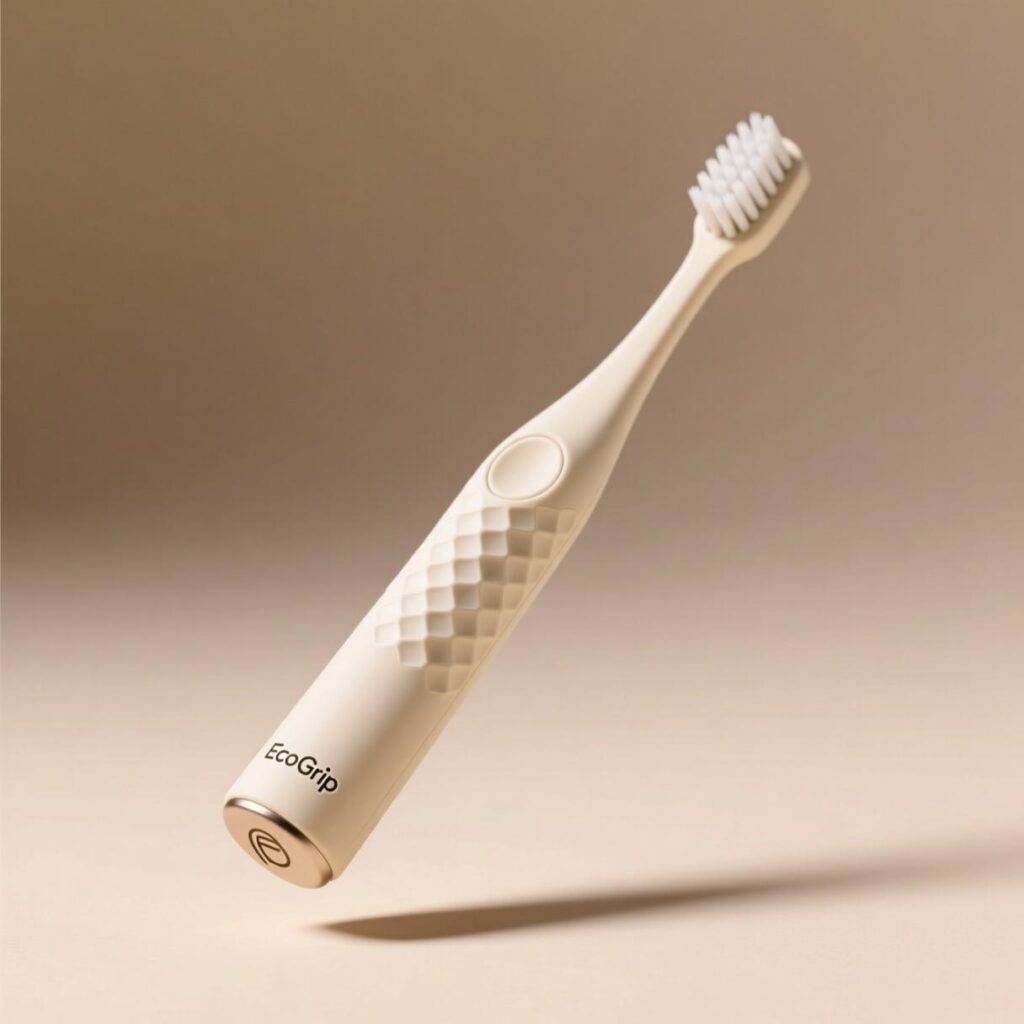
Your toothbrush probably measures around 7 inches total length. But isolate just the handle portion? That’s approximately 5 inches right there precisely.
Exclude the brush head from your mental measurement. Focus solely on the grip area. Ergonomic design dictates this length exactly. Hands need adequate surface area for proper control. Too short feels awkward; too long becomes unwieldy.
The American Dental Association influences toothbrush standards significantly. Recommendations about bristle firmness, head size, handle length. Manufacturers follow these guidelines closely for consumer trust.
Electric toothbrushes differ considerably from manual versions. They’re bulkier, heavier, battery-powered. But manual toothbrush handles maintain that consistent 5-inch measurement remarkably well.
Travel toothbrushes break this rule intentionally. Compactness matters more than ergonomics for portability. Folding designs sacrifice length for convenience. But standard home toothbrushes remain consistent.
Daily reference advantage: You use this item twice minimum. Morning and night, it’s right there. Need a quick measurement in your bathroom? Your toothbrush provides instant comparison without any trouble whatsoever.
Credit Cards (Stacked)
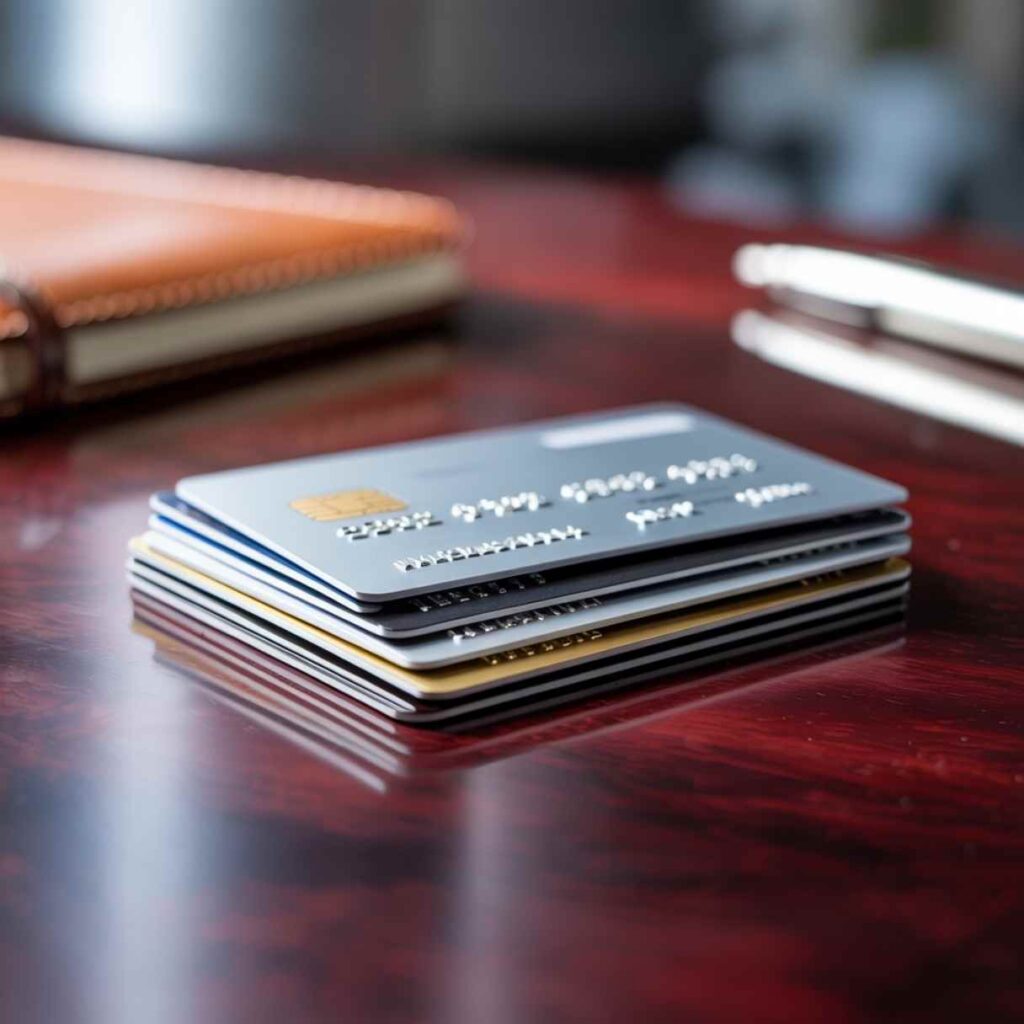
A single credit card measures 3.375 inches long exactly. Not quite 5 inches solo unfortunately. But stack them creatively for thickness comparisons.
Each card measures approximately 0.03 inches thick. Calculate quickly: you’d need about 166-170 cards stacked reaching 5 inches height. Impractical obviously, but mathematically interesting nonetheless.
The ISO/IEC 7810 standard governs credit card dimensions globally. Banks worldwide follow identical specifications. This uniformity enables universal card reader compatibility. Pretty remarkable international coordination when considering it.
| Card Dimension | Measurement |
| Length | 3.375 inches |
| Width | 2.125 inches |
| Thickness | 0.03 inches |
| Cards needed for 5″ stack | ~170 cards |
Your wallet contains multiple cards probably. Debit, credit, insurance, membership cards. All share identical dimensions. This standardization benefits consumers and businesses equally.
While individual cards don’t hit 5 inches, they’re useful for measuring smaller dimensions. Need to check if something’s 3 inches? Your credit card works perfectly for that.
Tea Light Candles (Lined Up)

Standard tea light candles measure approximately 1.5 inches in diameter. Line up three or four side-by-side. You’ve created a 5-inch measurement beautifully.
These small candles gained massive popularity for home décor. Affordable, versatile, safe in small containers. They burn 3-4 hours typically. Perfect for dinners or ambient lighting.
Different brands vary slightly in sizing admittedly. Some run closer to 1.4 inches. Others reach 1.6 inches across. But 1.5 inches represents the industry average reliably.
Visual exercise: Arrange four tea lights linearly. That totals 6 inches. Remove one candle. Three candles equal 4.5 inches approximately. Close enough for practical visualization.
Metal cups versus plastic housings affect measurements minimally. The wax diameter inside remains consistent. Manufacturers maintain uniformity for aesthetic arrangements.
Holiday decorating makes tea lights indispensable. Thanksgiving centerpieces, Christmas displays, New Year’s celebrations. Their small size allows creative arrangements. Knowing their dimensions helps plan displays accurately.
Adult Hand Span
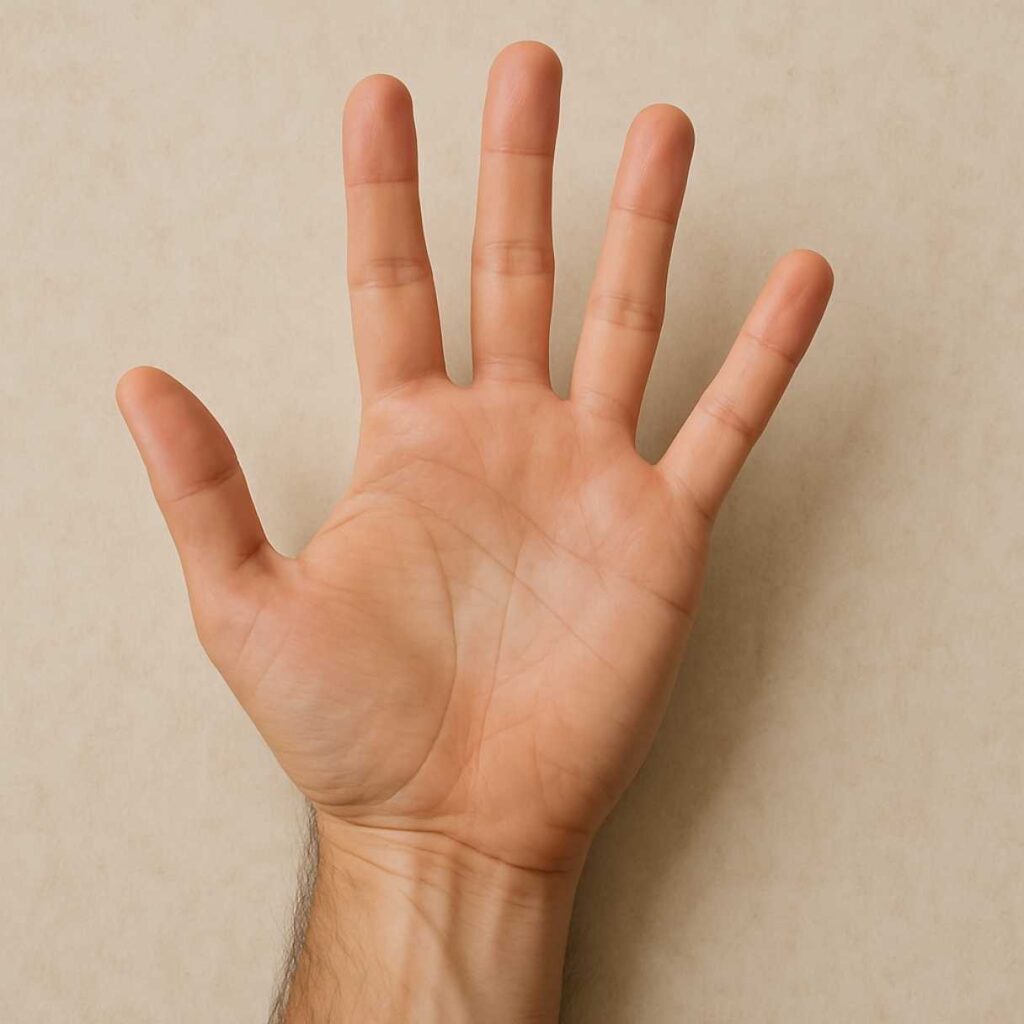
Your hand provides the ultimate portable measuring tool. Ancient civilizations relied on body measurements extensively. Cubits, palms, spans—all derived from human proportions.
Stretch your hand completely: thumb to pinky spread wide. That typically measures 7-8 inches for adults. But measure from your thumb base to middle fingertip? That’s approximately 5 inches for many people.
Individual variation exists naturally though. Men’s hands average larger than women’s. Basketball players have massive spans. Children’s hands measure significantly smaller. But most adults fall within predictable ranges.
Personal calibration matters: Measure your own hand precisely. Remember that exact measurement. You carry this reference everywhere automatically. No tools required whatsoever.
Carpenters historically used hand measurements for rough estimates. “About two hands wide” communicated dimensions effectively. Modern precision tools replaced this practice. But the concept remains valid for quick assessments.
Try this experiment: Measure common household items using your hand. Compare against ruler measurements later. You’ll develop surprisingly accurate estimation skills rapidly.
Small Photo Print
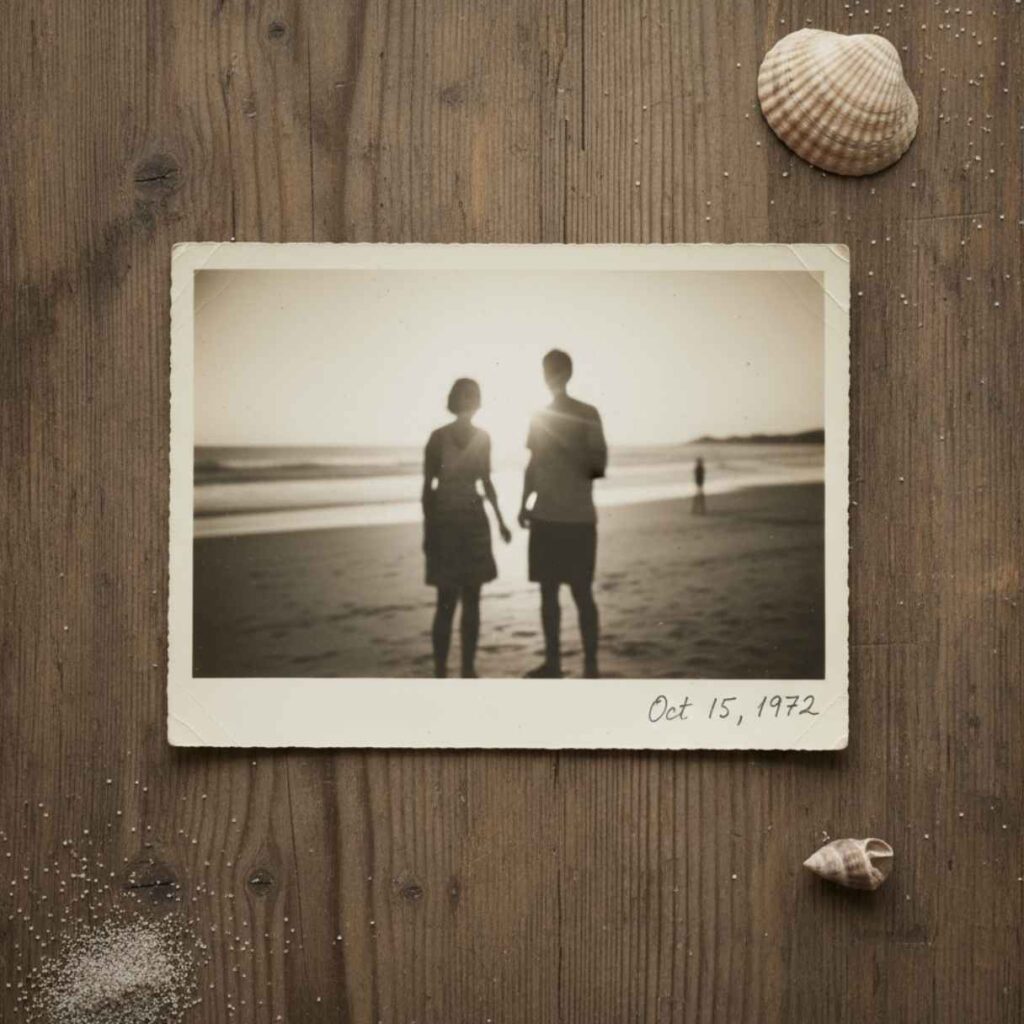
The standard 4×6 photo print comes very close to our target. More precisely, 5×7 prints measure exactly 5 inches on one side.
Photo printing evolved significantly from darkroom days. Digital photography changed everything about image production. Yet physical print dimensions remained remarkably stable throughout. People still want tangible memories despite smartphone galleries.
Frame sizes correlate directly with print dimensions. A 5×7 frame accommodates that print size perfectly. Matting can adjust for different proportions creatively. But standard sizes simplify shopping and framing considerably.
Common photo print sizes:
- Wallet: 2.5 x 3.5 inches
- Standard: 4 x 6 inches
- Portrait: 5 x 7 inches (exactly 5 inches!)
- Large: 8 x 10 inches
Instagram’s popularity sparked renewed interest in physical prints. Young people discovered the joy of tangible photos. Instax cameras and portable printers sell incredibly well. The digital native generation appreciates analog experiences.
Scrapbooking communities never abandoned physical prints obviously. Craft stores dedicate entire aisles to photo album supplies. Memory preservation remains deeply important to many people.
Check your photo albums or picture frames. You probably have 5×7 prints already. Perfect reference points hiding among your memories.
Tablespoon
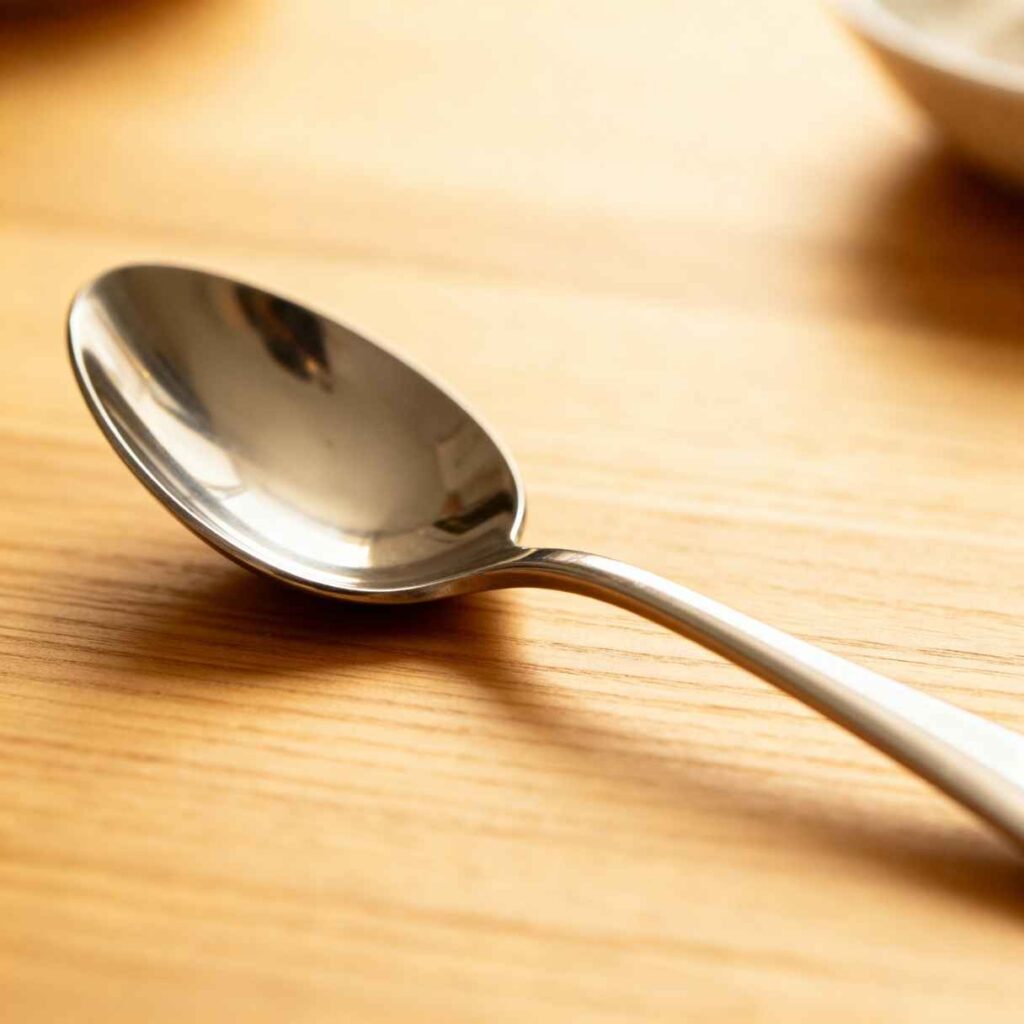
A standard tablespoon measuring spoon typically extends 5-7 inches long. The handle portion specifically measures around 5 inches frequently.
Kitchen utensils underwent standardization for cooking consistency. Recipes needed reliable measurements for reproducible results. The tablespoon became a fundamental baking measurement universally.
Measuring spoons differ from serving spoons significantly. Measuring spoons follow precise volume standards (15ml tablespoon). Serving spoons vary widely in size depending on their purpose.
Stainless steel remains the preferred material for measuring spoons. It’s durable, non-reactive, dishwasher-safe. Plastic versions exist but lack the same longevity. Serious bakers prefer metal sets universally.
Historical note: Medieval recipes used vague measurements like “pinch” or “handful.” Standardized measurements revolutionized cooking completely. The tablespoon emerged as a critical unit during the 1800s.
Open your kitchen drawer right now. Examine your measuring spoons closely. The tablespoon likely provides an excellent 5-inch reference. Plus, it’s always accessible when cooking anyway.
Small Remote Control
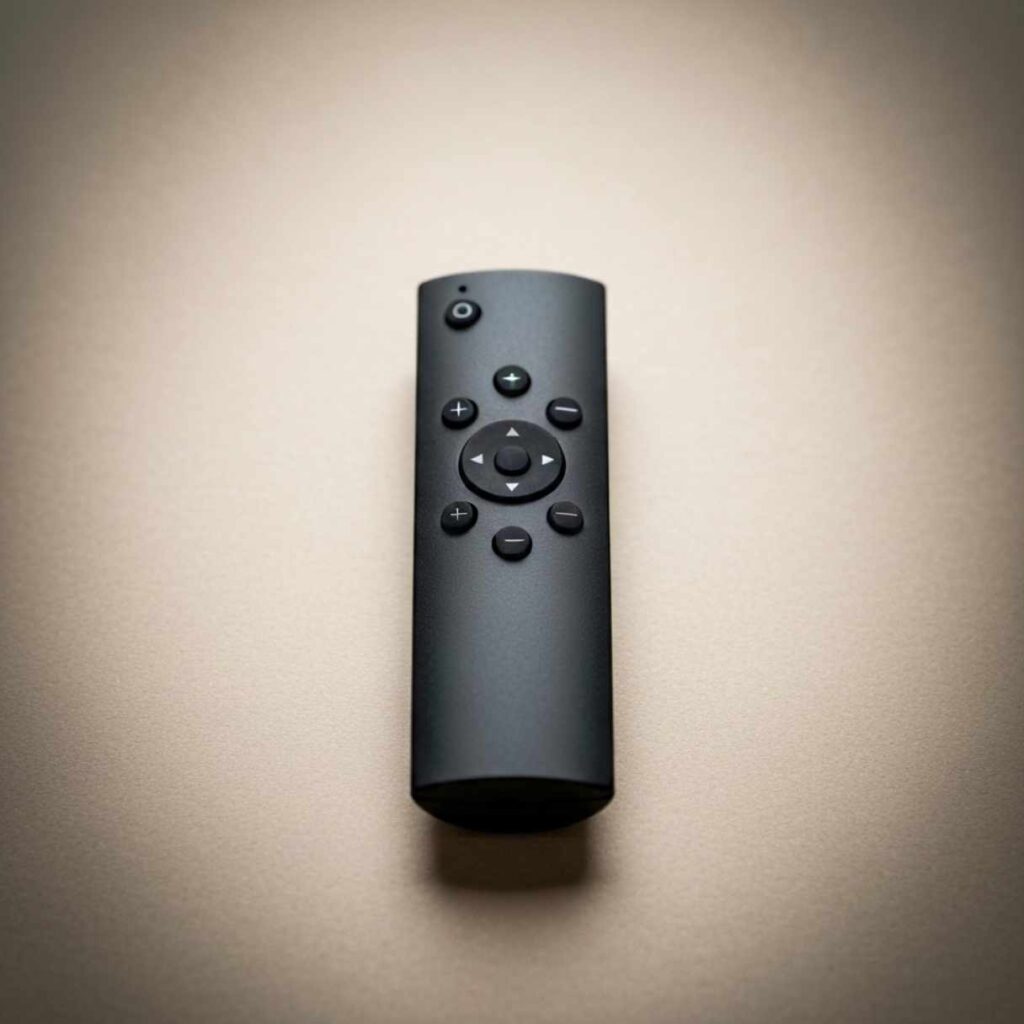
Average TV remotes measure 6-8 inches usually. But smaller streaming device remotes—Roku, Fire TV Stick, Apple TV—often measure around 5 inches exactly.
Remote control design evolved dramatically over decades. Early remotes were massive, clunky devices. Modern versions prioritize minimalism and essential buttons. Smaller electronics require smaller controllers naturally.
Universal remotes vary widely in dimensions. Some mimic traditional TV remote sizes. Others follow the compact streaming remote approach. Programmable remotes sometimes add bulk for additional buttons.
The Fire TV Stick remote measures approximately 5.6 inches. Close enough for practical reference purposes. The Roku Streaming Stick remote hits about 5 inches precisely. These devices dominate American living rooms currently.
Button layout influences overall length requirements significantly. More functions demand more buttons. More buttons require more space. Streaming services simplified interfaces, enabling smaller remotes consequently.
Check your coffee table or couch cushions. (That’s where remotes hide always.) You probably have a compact remote measuring close to 5 inches. Lost-between-cushions relatable household item everyone experiences.
Checkbook
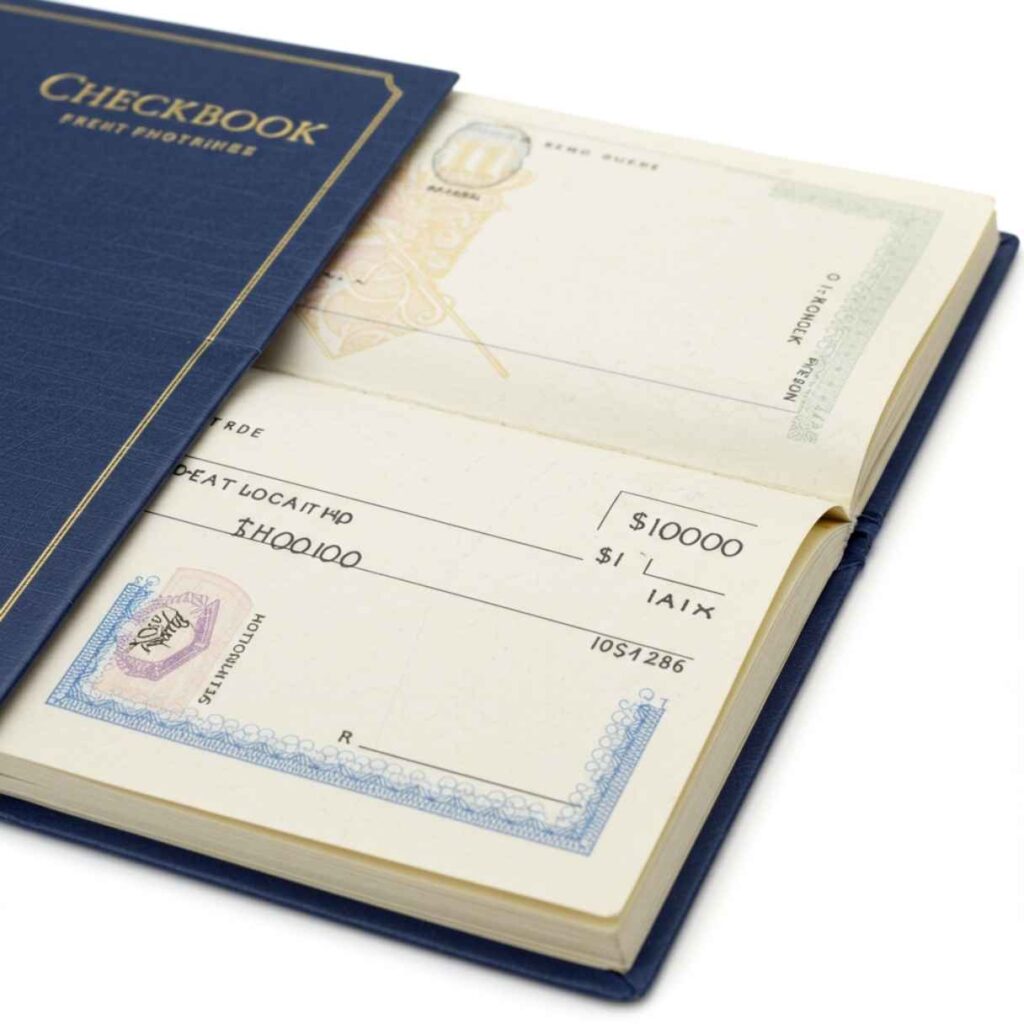
A standard checkbook cover measures approximately 6.5 x 3.5 inches. The width dimension sits reasonably close to 5 inches.
Digital banking reduced physical checkbook usage dramatically. Younger generations rarely write checks anymore. Venmo, PayPal, Zelle—electronic payments dominate now. But checks haven’t disappeared entirely yet.
Certain transactions still require paper checks sometimes. Security deposits for apartments. Paying contractors or small businesses. Some utility companies prefer checks. The format persists despite technological alternatives.
Different banks maintain remarkably similar checkbook dimensions. Standardization enables uniform production and printing equipment. Business checkbooks sometimes vary slightly from personal versions. But consumer checkbooks remain consistent across institutions.
Checkbook relevance by generation:
- Silent Generation: Uses frequently, very familiar
- Baby Boomers: Uses regularly, comfortable format
- Gen X: Uses occasionally, knows system
- Millennials: Rarely uses, owns checkbook maybe
- Gen Z: Probably never written checks
Older readers will instantly recognize checkbook dimensions. Younger folks might need to ask parents. Generational differences make this reference less universal currently. But millions still keep checkbooks accessible.
Conclusion
You’ve now discovered 15 everyday items measuring approximately 5 inches long. These common household objects transform abstract measurements into concrete visual references. No ruler needed for quick estimations anymore.
Understanding dimensions improves your daily life significantly. Online shopping becomes easier when visualizing sizes. DIY projects feel less intimidating with reference points. Spatial reasoning skills develop naturally through practice.
